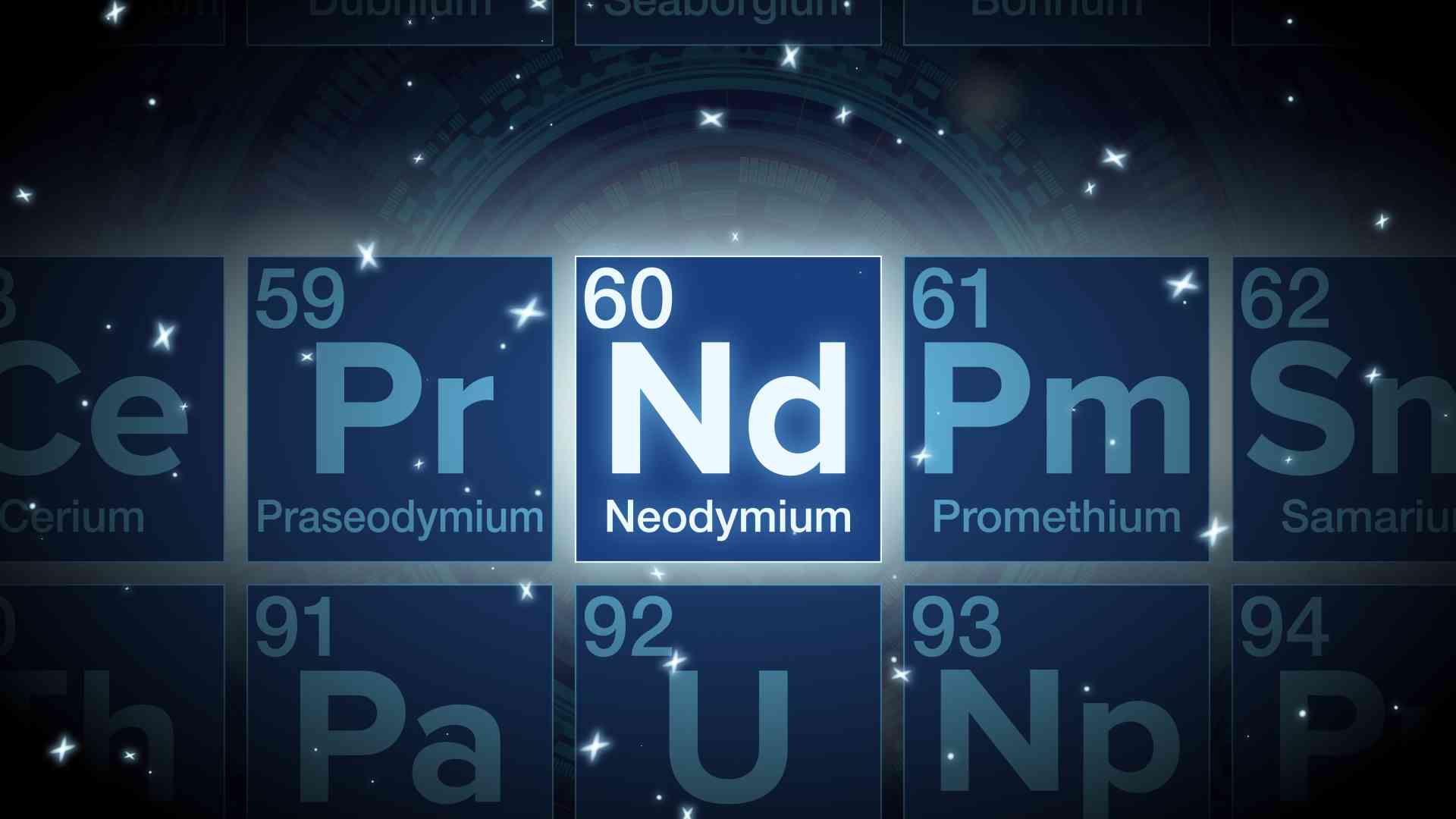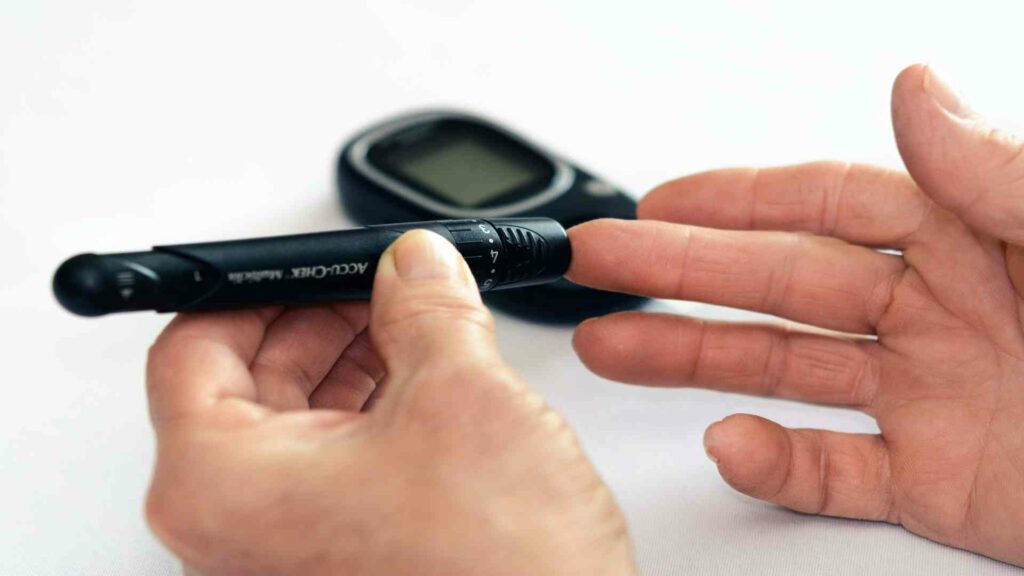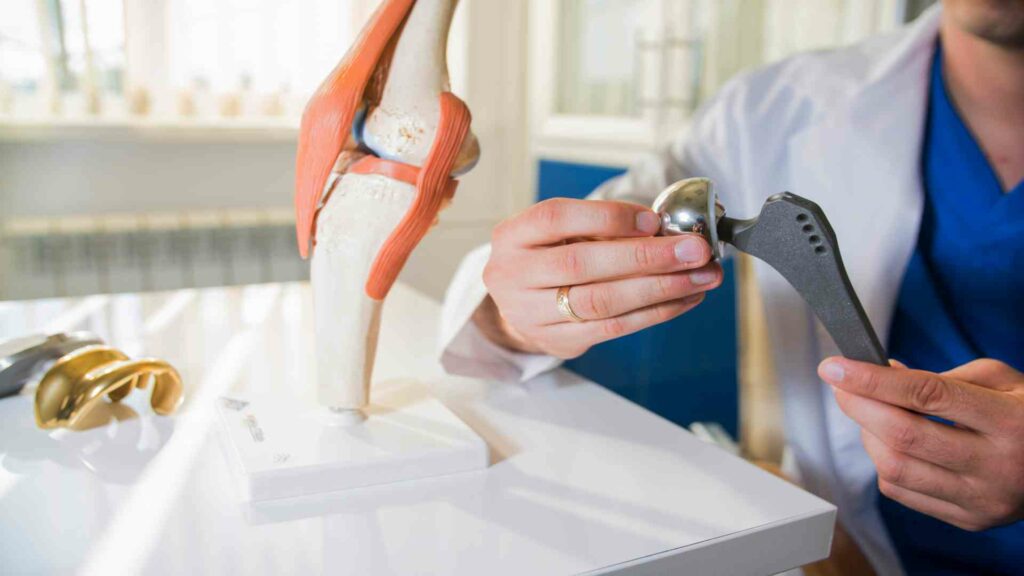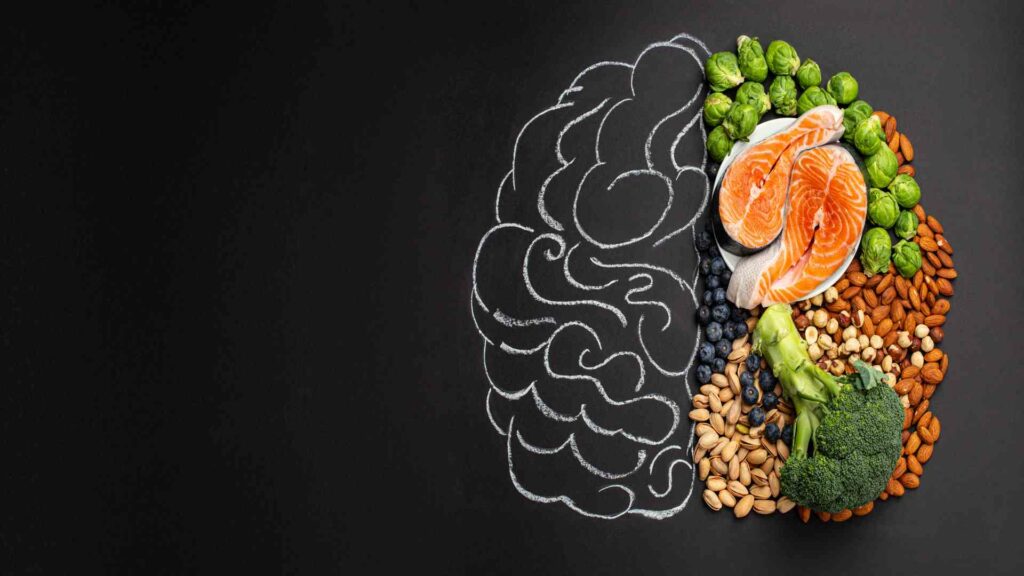Powerful Neodymium Magnets Benefit the Healthcare Industry
Neodymium magnets, also known as neodymium-iron-boron magnets (NdFeB), have a variety of healthcare research uses. By providing magnetic fields into treatments such as pain relief and supporting research into cancer treatment, these powerful little magnets play an essential role in keeping us healthy. But how do they do that? And what are Neodymium Magnets?

Neodymium magnets
Neodymium Magnets
The chemical element neodymium with the atomic number 60 was first discovered in 1885 in Vienna. It is a member of the lanthanide group, which is a subcategory of rare earth elements of the periodic table. Although neodymium is refined and mined in the USA, Brazil, Sri Lanka, Australia, India, and China, it doesn’t occur in metallic or mixed forms with some other lanthanides.
Neodymium magnets are a type of rare-earth magnet made from alloys of neodymium, iron, and boron. Neodymium-iron-boron magnets are among the strongest permanent magnets available today. They were brought to market in the 1980s by General Motors and Hitachi and have since become increasingly popular in various applications requiring high magnetic force.
Applications in the Health Sector
Neodymium magnets have numerous applications in the medical field. They can produce a static magnetic field and thus, are commonly used in medical devices such as magnetic resonance imaging (MRI) machines to identify and diagnose arthritis, insomnia, chronic pain syndrome, wound healing, and headache. NASA also uses these magnets to keep astronauts’ muscles toned during space flights.
1. Nervous System
Neodymium magnets are an important tool in neural electrical activity research, as they can generate strong magnetic fields without causing damage to the neural system. This makes them ideal for use in therapies such as Recurrent transcranial magnetic stimulation (rTMS), effective treatment for depression. Magnets offer many benefits over other therapies, such as not needing anesthesia, which can avoid potential side effects.
2. Cardiovascular System
Numerous studies have examined the effects of neodymium magnets on the cardiovascular system. In general, the magnets were found to lower blood flow and skin blood perfusion (SBF) in the fingers. These magnets produce powerful magnetic fields which reduce the thickness or viscosity of blood flow, thus preventing heart strokes and attacks.
NdFeB provides detailed anatomical images of the heart and its surrounding vessels for cardiovascular disease. Additionally, NdFeB can be used to create ventricular analysis, high spatial resolution, multiple slice maps, flashing heart, and pathological features, which can help assess the severity of the disease. The magnets not only identify but also treat diseases.
3. Wound Healing
Exposing tumors to a fixed magnetic force field reduces blood flow. On the other hand, magnetic therapy increased platelet activity in tissues free of tumors: these increased platelet activities and microcirculation further results in faster wound healing.
4. Skeletal System
A rabbit study was conducted to investigate the potential of neodymium magnets in the skeletal system. The researchers discovered that neodymium-iron-boron magnets in a scaffold prevented moves in the broken epiphysis of the femoral bone, enabling tissue regeneration to occur faster. This discovery could have implications for treating human fractures and other bone injuries.
5. Gastrointestinal System
Neodymium magnets have proved invaluable in surgeries, particularly endoscopic surgeries performed on the colon. By providing quick and easy access to tumors, NdFeB magnets help surgeons operate more quickly and efficiently, with less invasiveness and shorter patient recovery times. This makes laparoscopic surgery an attractive option for many patients who might otherwise opt for more traditional, open surgery.
6. Analgesia
Neodymium magnets produce magnetic fields which can increase the activity of painkiller hydrolase, causing it to hydrolyze or reshape to relieve pain. The magnetic field induces acupoints, harmonizes qi and blood, dredges channels and collaterals, and lessens the excitatory of the terminal nerve, resulting in an analgesic effect.
7. Sedation
Magnetotherapy can control the meridians, nerves, and body fluids. It can improve sleep conditions, promote sleep, and lengthen sleep time, help ease muscle pain and itching.
8. Dentistry
Magnets can also be used in orthodontic operations to help reposition buried tooth roots. In cases of dental fracture, neodymium magnets can be used to slowly and safely move the root outward over 9-12 weeks. Once the root is positioned correctly, it can be reformed with porcelain coating techniques. This technique is possible due to the strength of neodymium magnets, which are not affected by corrosion or loss of strength over time.
9. Inflammation
Both biological and abiotic factors can cause inflammation.
(1) Bacteria, viruses, and parasites cause biological inflammation.
(2) Hypothermia, high temperatures, various toxins, mechanical trauma, and other factors all contribute to non-biological inflammation.
Magnetic therapy, in general, positively influences chronic abiotic and biological inflammation. The magnetic field can enhance tissue permeability, dissipate and absorb exudates, stimulate white blood cells, and increase the ability of phagocytosis; it influences detumescence and anti-inflammation.
Other Diseases
Neodymium-iron-boron magnets are also used for treating hypertension, bronchitis, asthma, constipation, insufficient cerebral blood supply, cerebral infarction, hemorrhoids, and many other systemic diseases.
In orthodontic treatments, molar distillation, and palatal expansion, NdFeB magnets are used due to their push-pull forces. Furthermore, static magnetic fields enhance bone formation through osteoblastic differentiation or stimulation.
Other Uses for Neodymium Magnets
Neodymium-iron-boron magnets also benefit information technology applications such as hard disc drives, mobile phones, and television video and audio systems. They are also used in magnetic separators, ionizers, filters, the fabrication of on-off switches, security systems, and the safety sector.
Furthermore, neodymium-iron-boron magnets are useful for awnings on machines and cars and for manufacturing magnetic tool belts.
Between 1983 and 2007, the use of neodymium-iron-boron magnets in all these fields increased from one tonne to 60.000 tonnes. Since 1990, China has dominated the extraction of rare earth elements. Due to the limited quantity, mining for rare earth metals has various environmental consequences; as a result, many countries have ceased mining, and nearly all countries rely on imports from China.
Neodymium Magnet Market for North America
The extensive popularity of neodymium magnets over a wide range of applications in automotive, electronics, defense, powertrains, aerospace, healthcare, medical devices, and others will drive the North American neodymium magnet market over the forecast of 2021-2031.
According to Transparency Market Research (TMR) experts’ extensive research, the North American market for neodymium magnets will grow at a CAGR of 5.6% between 2021 and 2031. The market was worth US$ 3 billion in 2021 and is projected to hit Us$ 5.3 billion by 2031.





